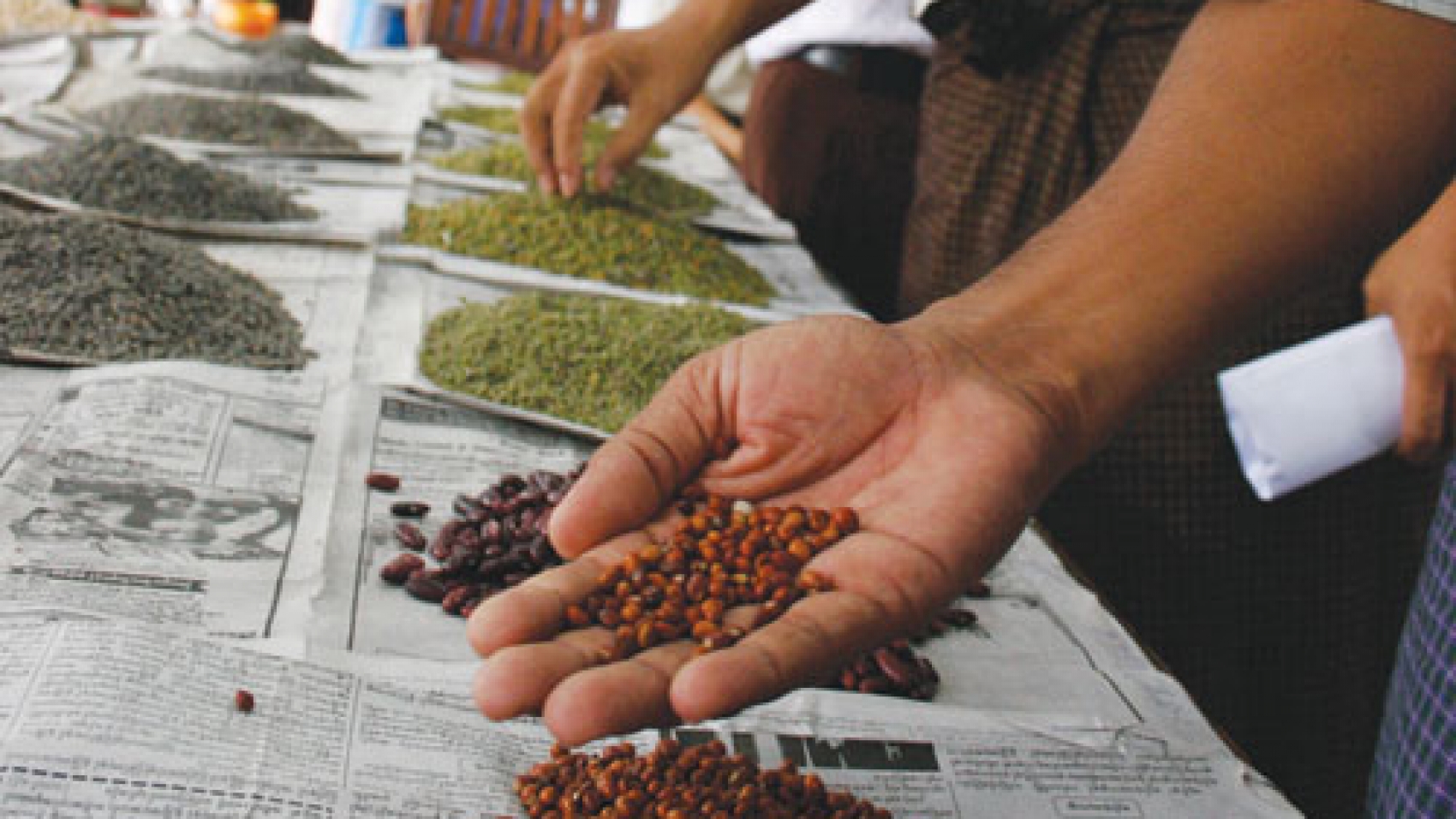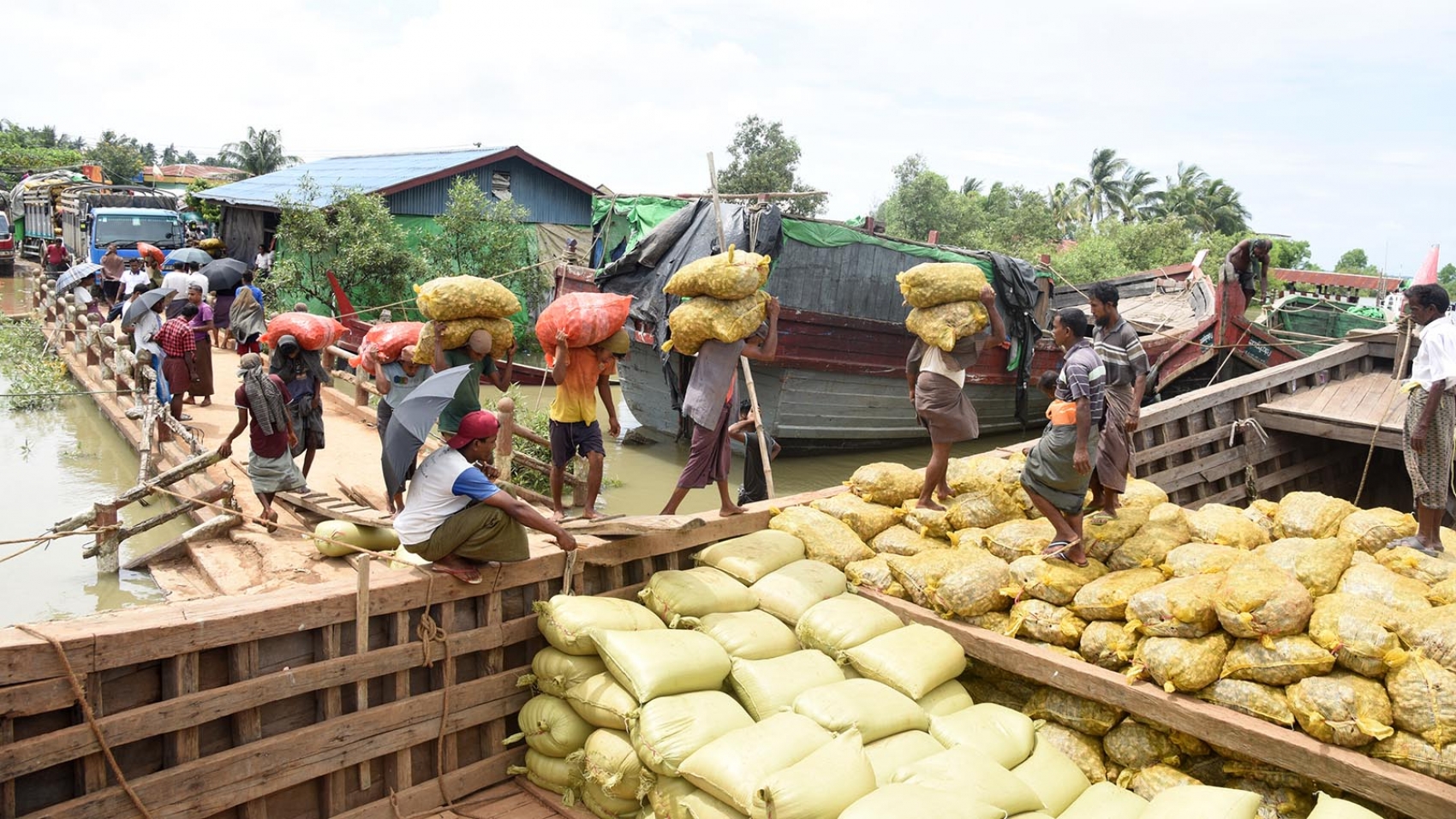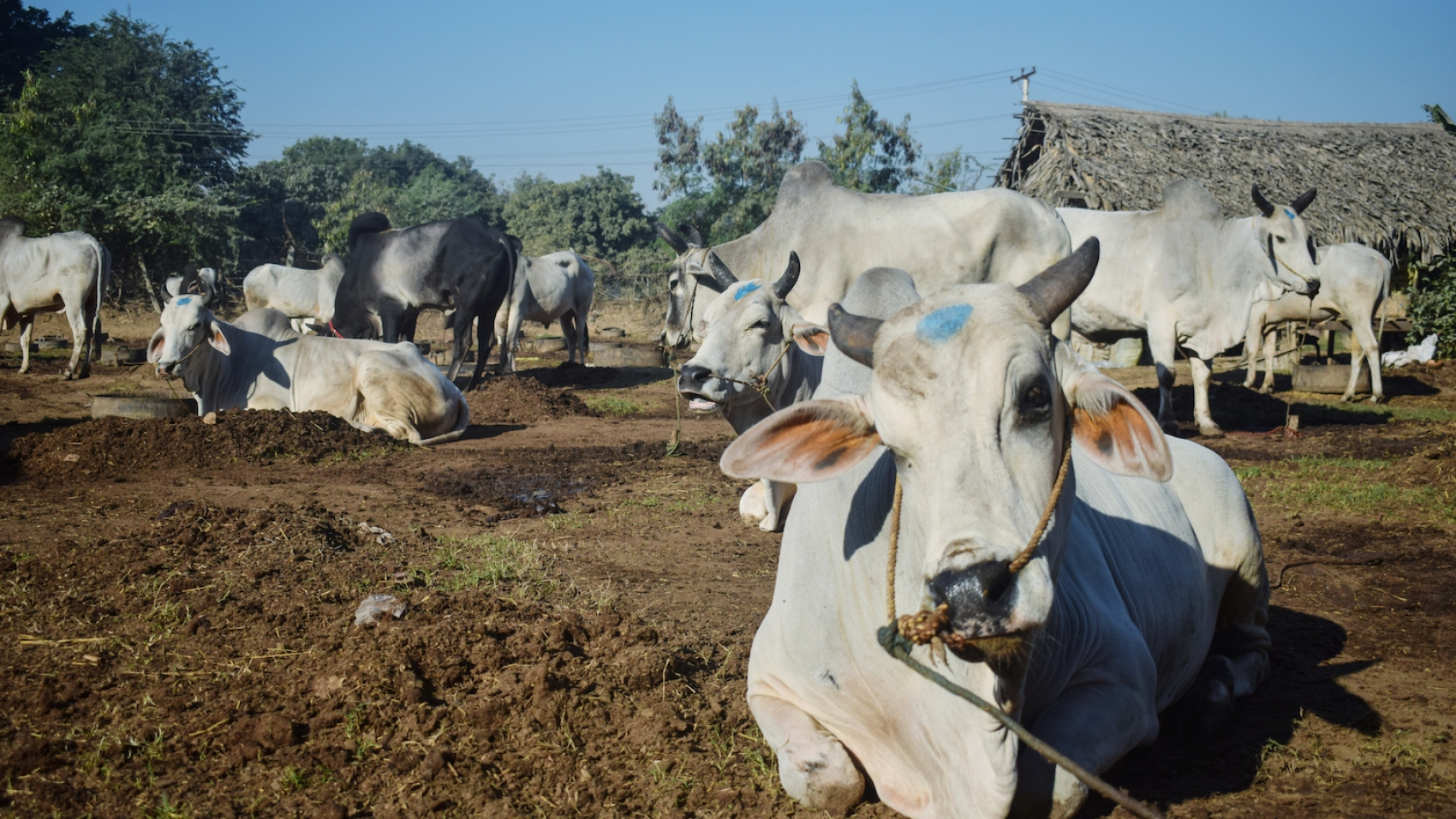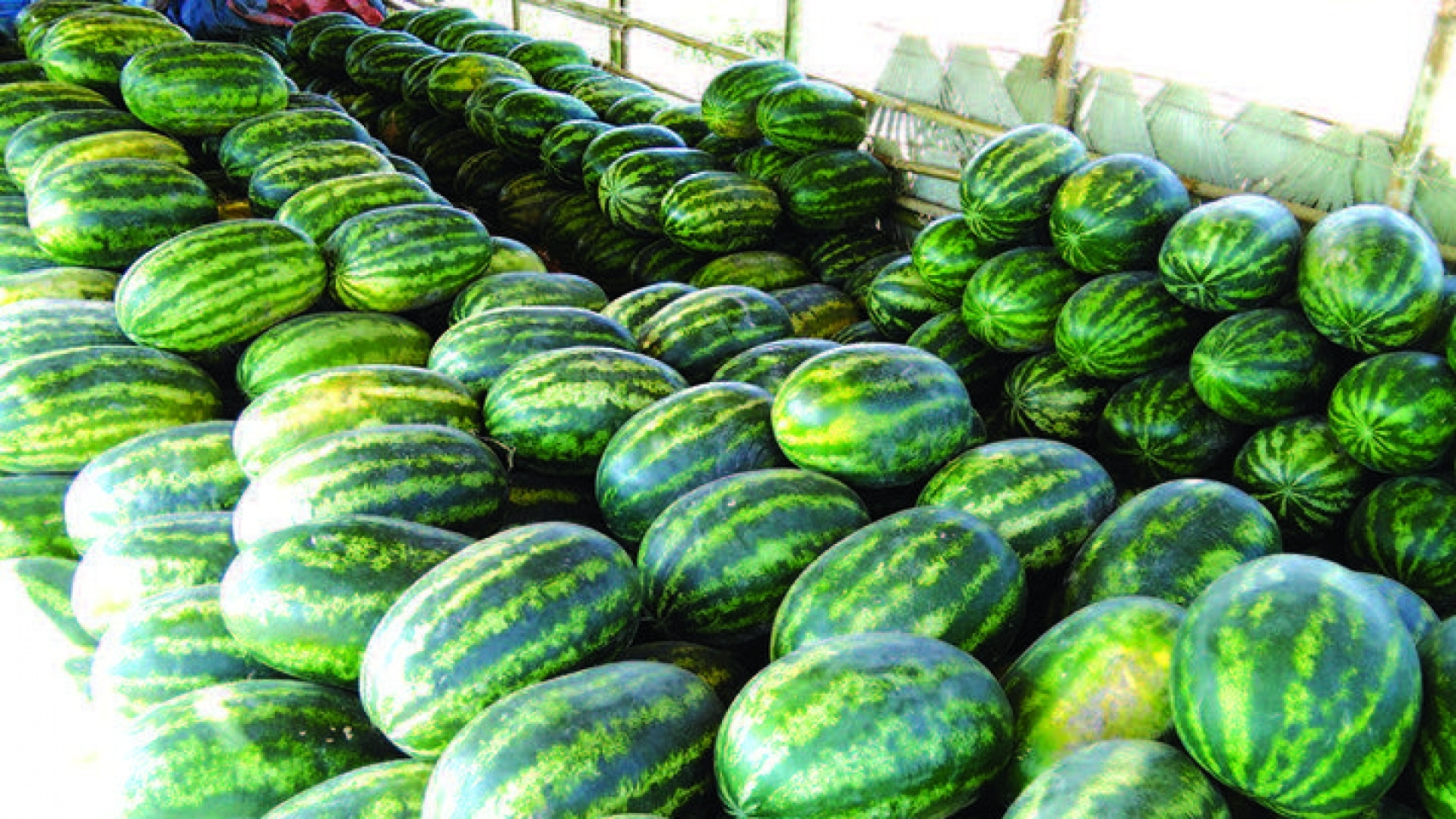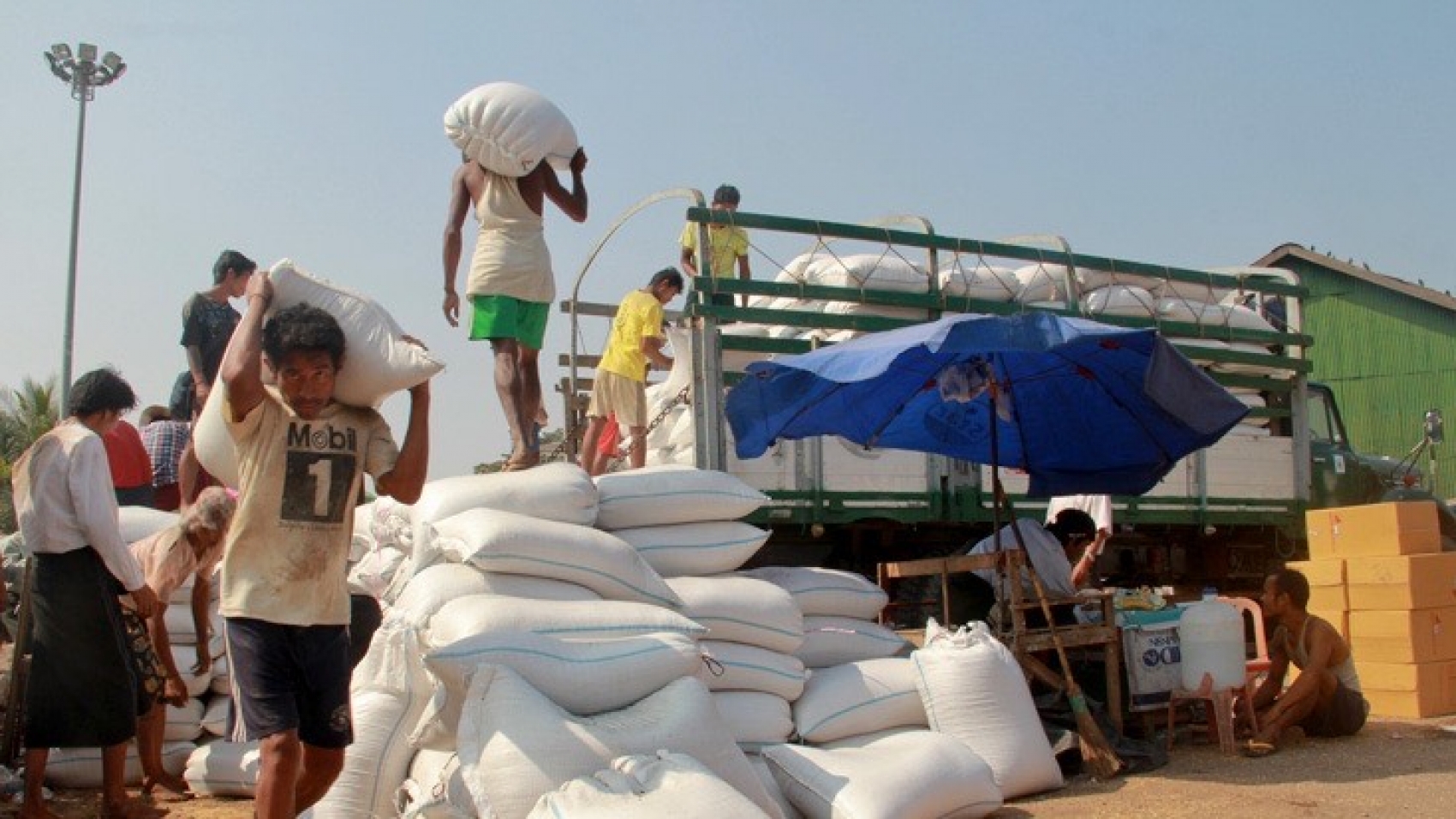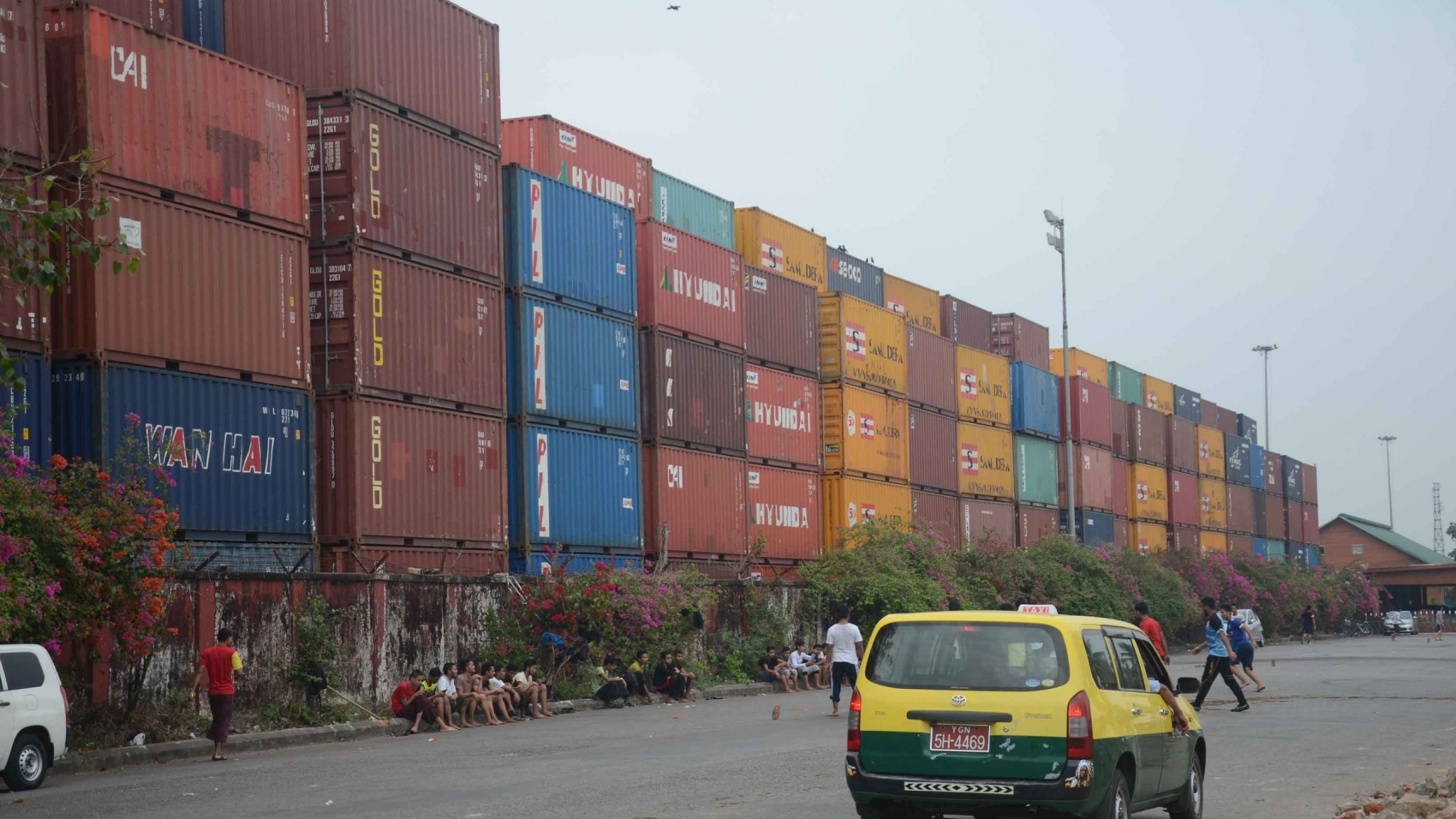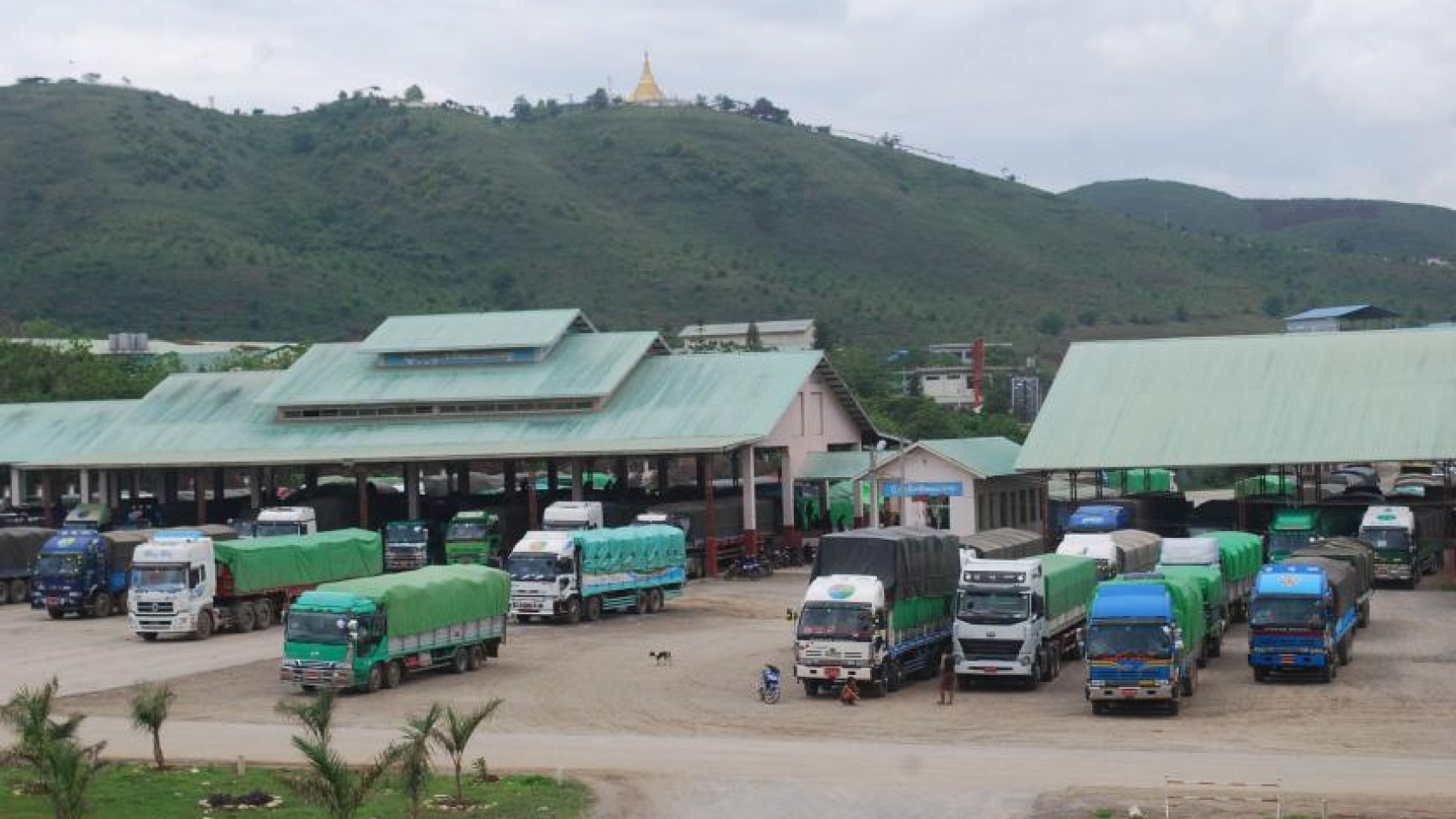Myanmar exported more than 136,632 tonnes of pigeon peas to the foreign trade partners between 1 October and 26 June in the current financial year 2020-2021, according to the Ministry of Commerce’s trade data. The country generated an income of US$91.54 million from the exports of pigeon peas in nearly nine months. At present, the price of pigeon peas in India is declining on steady inflow from Ethiopia, Tanzania, Malawi and Sudan. The pigeon peas fetch around K1,080,000-1,120,000 per tonne depending on varieties. The demand is quite slow, said an exporter. Myanmar’s pigeon peas are primarily shipped to India and also exported to Singapore, the US, Canada, Pakistan, the UK, and Malaysia. But, the export volume to other countries rather than to India is extremely small.
The domestic bean market is positively related to the law of supply and demand, said an official of Myanmar Pulses, Beans and Sesame Seeds Merchants Association. Myanmar can export 250,000 tonnes of black gram (urad) and 100,000 tonnes of pigeon peas under the G to G (government to government) pact during the April-March period between the 2021-2022 financial year and the 2025-2026 FY. The bilateral negotiations for the G-to-G pact started in 2016 and the two countries signed an MoU on 18 June 2021. Additionally, this G-to-G pact will not relate to India’s yearly quota on bean import. Therefore, Myanmar exporters can ship them under this quota as well. Since 2017, India has been setting import quota on beans including black grams and pigeon peas.
Therefore, the growers faced difficulties to export their beans to the Indian market in the previous years. This year, the G-to-G pact ensured a strong market next five years, along with other relaxations on import quota, Myanmar Trade Promotion Organization under the Ministry of Commerce stated. In the 2017-2018FY, over a million tons of black grams, pigeon peas, and green grams were shipped to foreign countries. Nevertheless, the earnings were registered at just $713 million owing to the price drop. Myanmar shipped over 1.6 million tonnes of different varieties of pulses, especially black grams, with an estimated worth of US$1 billion, to other counties in the FY2018-2019. During the last FY2019-2020 ended September 30, the country delivered 1.6 million tonnes to external market, generating an export value of $1.195 billion.
Source: The Global New Light of Myanmar

